Du au contexte bilingue du pays, je suis tombé sur un problème étant, malgré que le plan de numérotation Exchange 2010 UM est configuré en Français (Canadien), les messages vocaux sont reçus dans un emal en Anglais.
La problème était que les messages de voicemail que Exchange envoyé à l’usager qui n’avait pas de configuration régionale configuré dans Exchange était en anglais.
Ceux-là qui avaient la configuration régionale dans Exchange configurer avaient les messages voicemail en français.
La solution est la suivante, dans Exchange Powershell. On lance cette commande ::
Set-MailboxRegionalConfiguration <usager> -DateFormat yyyy-MM-dd -Language 'fr-CA' -TimeZone 'Eastern Standard Time' -Timeformat 'HH:mm'
On remplace <usager> avec le nom login de l’usager qui a les emails de Outlook Voice Accès en anglais. C’est le paramètre « Language » qui détermine la langue des courriels Outlook Voice Acces.
Voilà, toutes les balises et sujets envoyées par Outlook Voice Acces sont en français.
Merci au client pour cette solution.



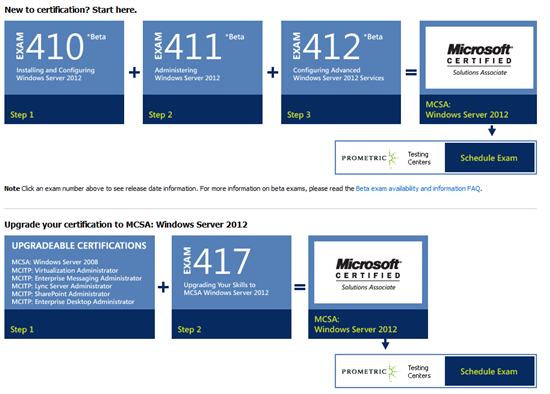


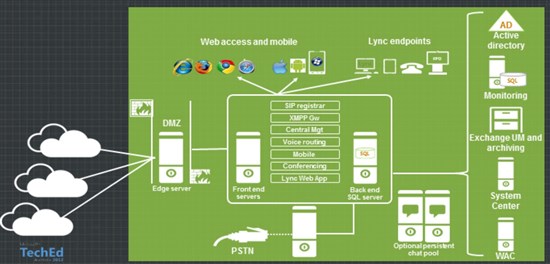



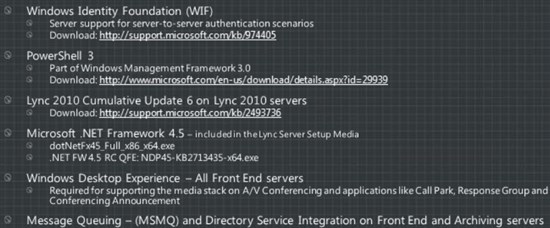


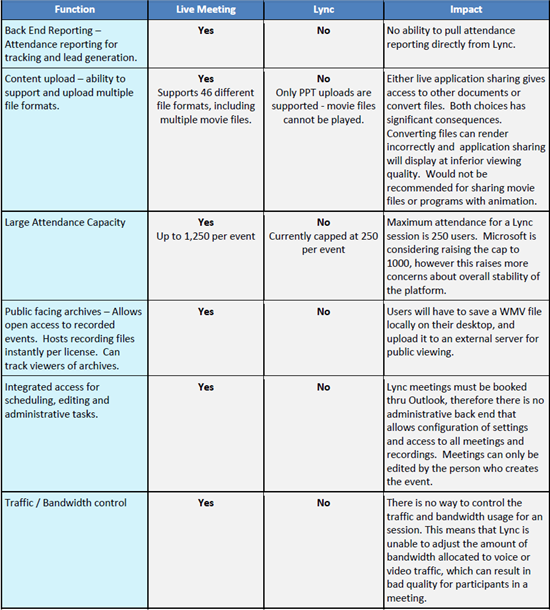
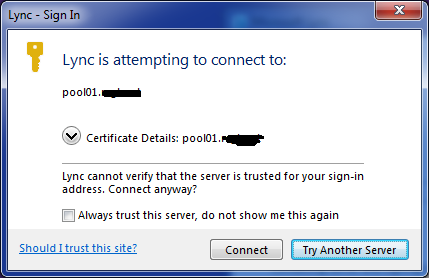
.jpg)
.jpg)
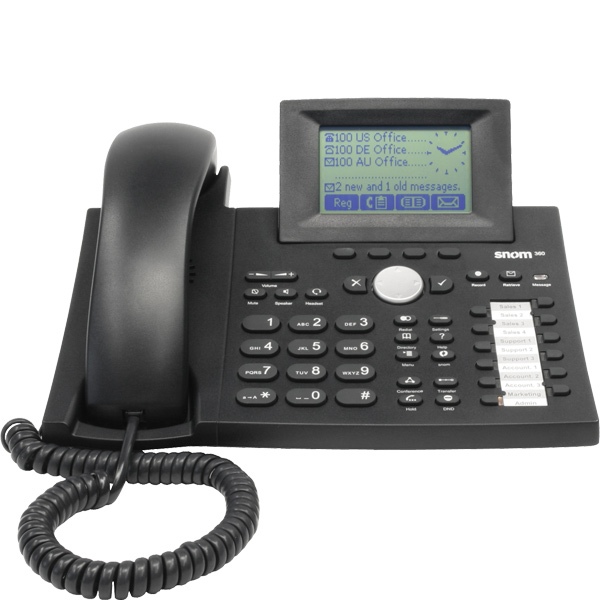

.jpg)
